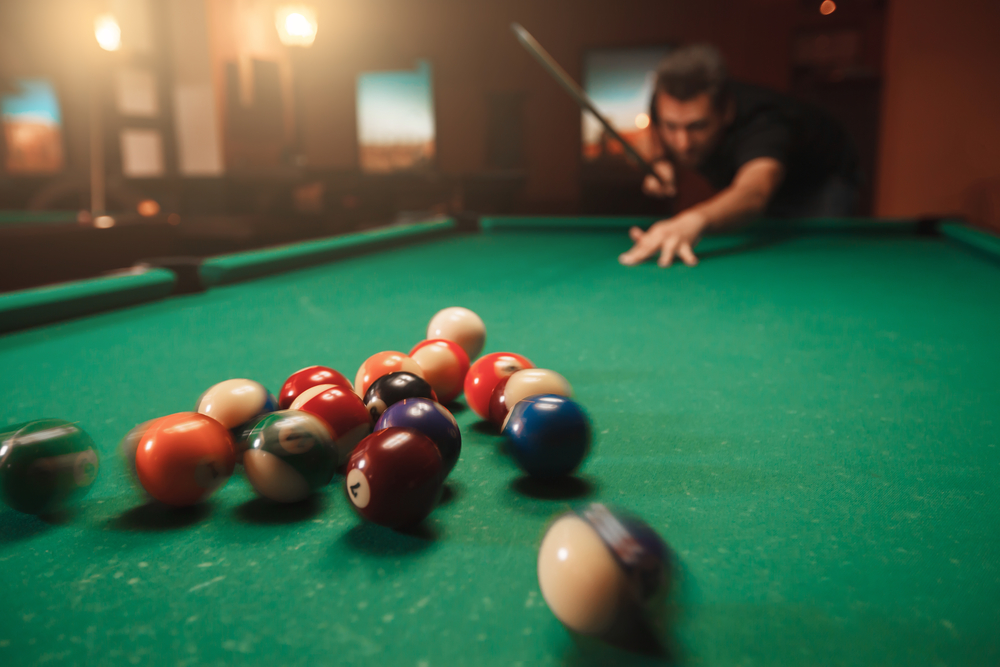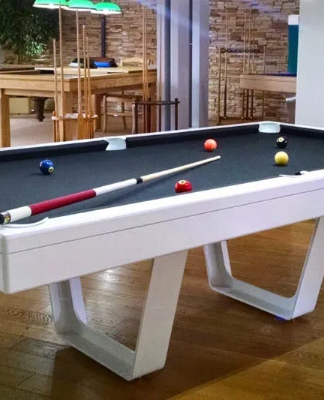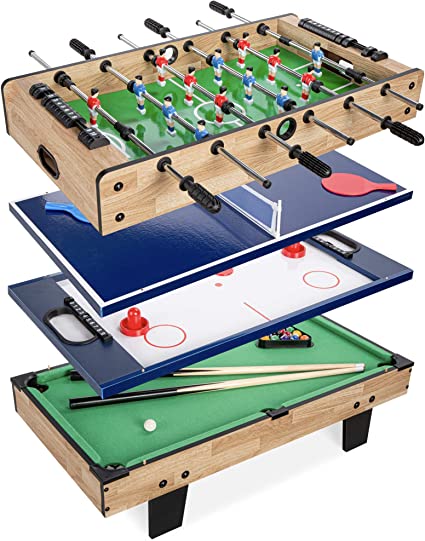
Billiards is a skill based game that requires players to hit the cue ball at a particular angle. This allows the cue to travel at a particular speed and add a spin to the ball. But, many players do not consider angles and shoot their shots in a haphazard manner. It's a good idea to take the time to study the different positions the cue balls can be hit in order to have a better understanding of the best position to hit it.
To get a solid grasp of the game, the most important thing is to understand all the angles you can target. You can avoid costly mistakes by taking the time to learn the various options and how they affect you play. Learning the different angles of each shot can give you confidence and help you make better shots in future.

A good way to calculate your angles is to have a notebook and a pen handy. Every time you hit the cue ball, you should consider how it will affect the rest of the game. It is also a good idea to have a plan for every shot. If you want the cueball to be drawn back, you need to hit it just over its center. That is the best position to hit it. You must follow through, but it won't be of much use.
Another way to get a good feel for the cue ball is to play a few games. Play pool online is an option. You can use the web version of the game to place the cue ball and tap it with the left mouse button. Once you are comfortable with the game, you can play real pool.
It is not easy to find the perfect cue ball angle. Although it takes some trial and error, it is possible. It is important to take the time necessary to hit the ball at the right angle and to follow through properly. Otherwise, your chances of a successful shot are slim.
Here are some things you should consider when hitting the cue balls. There is no magic number. The best areas to aim at are those that allow the least interference from other people. You will also need to speak the right English to achieve the best results.

A tangent lines is a line that the cueball follows after impact. A good tangent line should start from the center of the cue ball and run perpendicular to the direction it is moving. If the cue ball is moving, a tangent will be particularly helpful. At the same time, the speed of the ball can be a factor in determining the direction of the tangent line.